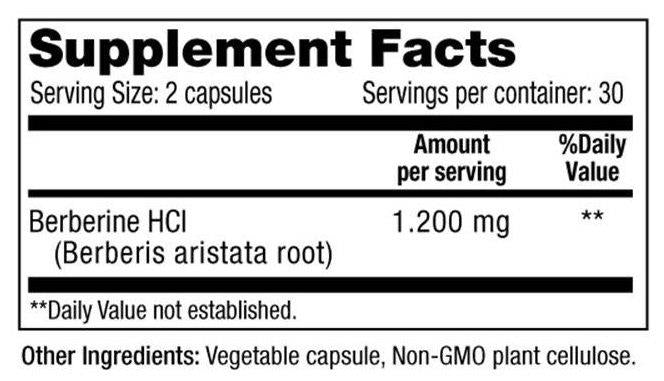9 Simple Ways to Improve Life with Diabetes
Diabetes is a chronic condition that often necessitates major life changes in order to manage it successfully.
However, that doesn’t mean that you can’t enjoy a happy, fulfilling life if you have diabetes, and certain habits can make it much easier to monitor your blood sugar levels and live life to the fullest.
With that in mind, here are nine simple ways you can improve life with diabetes.
1. Eat a Healthy Diet
What you eat directly impacts your blood sugar, so diet is an incredibly important part of managing your quality of life while living with diabetes.
Don’t overeat. Eat slowly so your brain’s receptors will register what you’ve eaten and how much. While no foods are completely off limits if you have diabetes, focus on vegetables, fruits, whole grains, dairy and lean meats, and stay away from sugar.
Your body turns carbohydrates into sugar, so make sure to not eat too many carbs and try to keep the levels consistent from meal to meal.
2. Watch Your Weight
If you’re overweight or obese, and you have type II diabetes, your doctor may recommend that you lose weight. Excess fat increases your body’s insulin resistance, so it can’t properly use the hormone.
A registered dietitian can help you plan out a diet that will help control your insulin levels and contribute to weight loss.
While there are many fad diets out there, the basic mechanism for weight loss is eating less calories than you burn. As long as you follow that rule, watch your carbohydrate intake and mostly eat healthy foods, you’ll have the keys to success for your weight loss journey.
3. Monitor Your Alcohol Intake
Alcohol affects the human body, including insulin, and it can actually cause blood sugar levels to rise or drop, depending on how much you consume.
Double-check that the alcohol won’t interfere with any medication you’re taking and stick to one or two drinks at a time. Don’t drink on an empty stomach, and make sure to slowly sip your drink so your liver has time to process the alcohol.
Not all drinks are created equal, so check the calorie and carbohydrate content before you order and opt for the beverage that will affect your blood sugar the least.
4. Get Regular Exercise
Exercise can improve the quality of your life with diabetes on multiple levels. First of all, it directly lowers your blood sugar because physical exertion burns more glucose. Second, it can help you lose weight because it burns calories.
Finally, it can help you manage your stress (more on this in the next step), further lowering your blood sugar. Joining a gym or taking a class can be a great way to hold yourself accountable, but exercise doesn’t have to be a major production – even a brisk walk around the block will result in all sorts of benefits.
5. Manage Your Stress
Stress and anxiety create a fight-or-flight response in your body, causing the levels of many hormones (including insulin) to shoot up as your body prepares to face the dangerous situation.
This wreaks havoc on your insulin levels and can cause all sorts of negative symptoms. If you can, eliminate the source of stress by making life changes.
If that’s not possible, seek out ways to manage the stress, whether that’s meditation, yoga, a new hobby, volunteering, breathing exercises, progressive relaxation therapy or something else.
6. Take Your Medication on Schedule
Diabetes medications are timed release, so it’s important to take them on schedule. Set recurring reminders on your computer, phone or smartwatch so you’ll have something to jog your memory.
Try to connect taking each dose to a daily activity – such as eating breakfast – to decrease the likelihood that you’ll forget to take a dose. However, life happens, so make sure you’ve clarified with your doctor what you should do if you do miss a dose.
Incidentally, you might reasonably consider treating your T2D with diet alone. If this is the case, you’ll want to follow a Type 2 Diabetes Meal Plan.
7. See Your Doctor for Check-ups
Diabetes increases your risk of other health problems, so you need to take preventative steps to make sure you’re not developing complications.
Have a check-up at least once a year with your general practitioner and visit eye and foot doctors regularly. Make sure you’re keeping an eye on other health markers besides blood sugar, such as blood pressure, cholesterol, etc.
8. Stop Smoking
Not only does smoking directly raise your blood sugar levels, it also damages blood vessels and causes them to constrict, negatively impacting your circulation.
Diabetes already puts you at greater risk of developing certain health conditions – such as heart disease, eye disease, kidney disease, stroke, nerve damage and foot problems – and smoking only increases your risk even further.
Quitting smoking is one of the best things you can do for your health, especially if you have diabetes. So, come up with a strategy and stick to it.
9. Get the Right Gear
Diabetes requires a lot of tools to manage correctly, including a blood glucose monitor, glucose test strips, lancets and syringes.
Other supplies, such as diabetic socks and diabetic creams, aren’t required but can significantly enhance your quality of life. Diabetes is a known cause of bad circulation and foot problems, but diabetic socks provide graduated pressure to keep the blood moving and combat these issues.
Diabetic creams can be used in conjunction with graduated compression socks to sooth the skin.
Conclusion
Life with diabetes can be challenging, but you can still lead a happy life of good habits and good memories.
These nine suggestions will help you make lifestyle changes that will make it easier to manage your blood sugar and enjoy your days.
Even if you just start with one or two changes and then work up from there, you’ll notice a major difference as the habits take hold.
This guest article was written by Kaki Zell, the Vice President and co-owner of Ames Walker. When she is not working for the family business, she enjoys running, hiking, travelling, Virginia Tech football and spending time with family and friends.



























Leave a comment